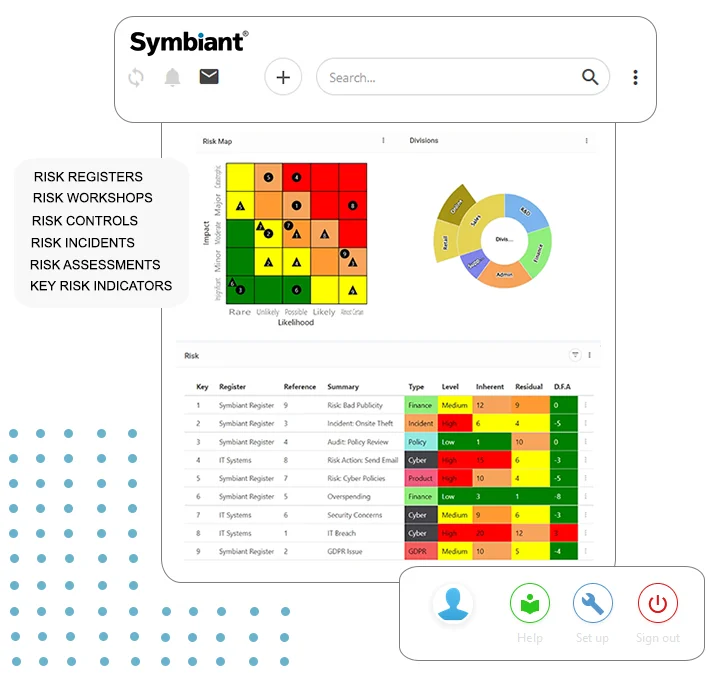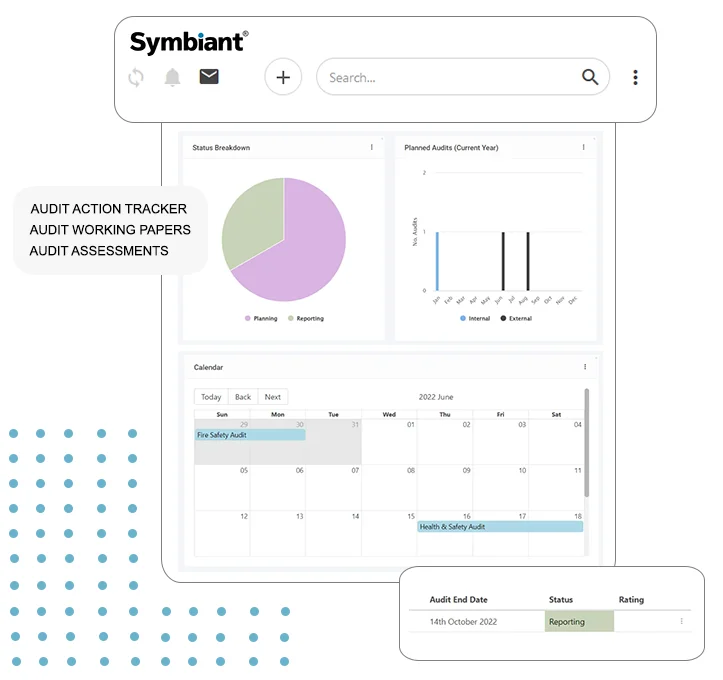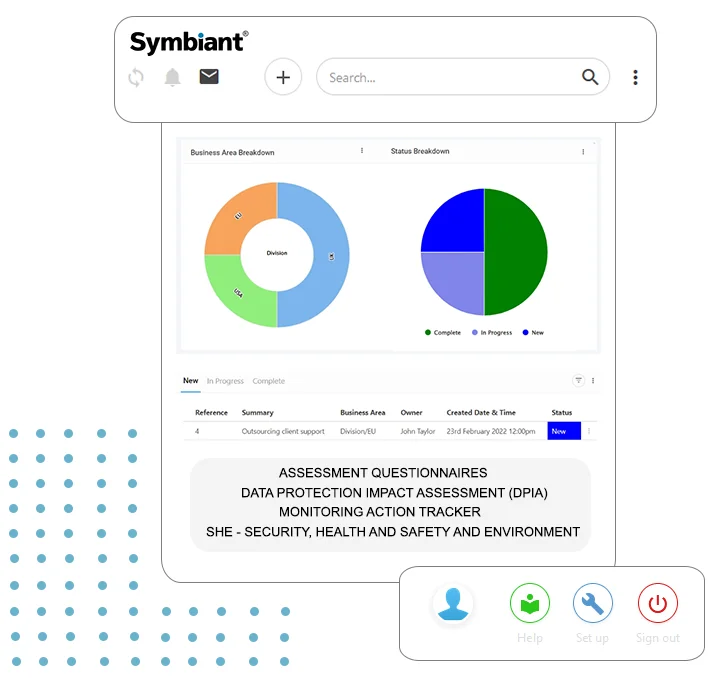Greenwashing is when companies exaggerate or misrepresent their commitment to environmental sustainability and social responsibility. The term “greenwashing” is a portmanteau of “green” (referring to environmentalism) and “whitewashing” (meaning to gloss over or cover up undesirable facts).
“Research carried out in Europe found that 42% of green claims were exaggerated, false, or deceptive, which points to greenwashing on an industrial scale.” (Harvard Business Review)
Companies engage in greenwashing to make themselves appear more environmentally responsible or socially conscious than they are, to attract environmentally conscious consumers and improve their public image. This practice can be misleading and harmful because it can lead consumers to believe they are supporting environmentally friendly or ethical practices when, in reality, they may not be.
Common Tactics
- Misleading labels: Companies may use eco-friendly or natural imagery on product packaging without substantiating these claims with genuine environmentally friendly practices.
- Vague or unverifiable claims: Companies might use terms like “green,” “eco-friendly,” or “natural” without providing concrete evidence or certifications to support these assertions.
- Cherry-picking data: Companies may highlight a single environmentally friendly aspect of their operations while ignoring or downplaying less sustainable practices.
- False certifications: Some companies create fake or misleading certificates to imply that their products or operations meet specific environmental standards.
- Diverting attention: Companies might promote a minor green initiative to distract from more significant environmental issues or unsustainable practices.
Why Greenwashing is Harmful
Greenwashing can erode consumer trust and hinder genuine efforts to address environmental and social concerns. To avoid greenwashing, examine companies’ claims, seek third-party certifications, and research their sustainability practices. Additionally, regulatory agencies in some countries have taken steps to combat greenwashing and ensure that marketing claims are accurate and transparent.
Identifying Greenwashing
- Third-Party Certifications: Third-party certifications are crucial in establishing the credibility and reliability of a company’s environmental claims. ISO, B Corp, and Fair Trade certifications verify a company’s adherence to environmental and social standards. These certifications help consumers and investors distinguish between genuinely sustainable businesses and those merely engaging in greenwashing.
- Concrete Evidence: To be credible, environmental and sustainability claims must be specific and verifiable. Vague statements and broad promises are insufficient and can often be misleading. Companies should provide concrete evidence, such as detailed reports, case studies, and measurable outcomes, to support their claims. This evidence should be accessible and verifiable by third parties, ensuring that the company’s assertions can be independently confirmed. Such transparency builds trust and holds companies accountable for their environmental impact.
- Transparency: Transparency is fundamental to building trust and accountability in a company’s sustainability efforts. Companies should support claims with detailed reports, case studies, and measurable outcomes. This transparency includes openly sharing achievements and improvement areas.

Connection Between Greenwashing and ESG
Greenwashing is closely related to Environmental, Social, and Governance (ESG) criteria and practices. ESG evaluates a business’s environmental, social, and governance impact for investors and organisations. It assesses how a company addresses and manages various sustainability and ethical factors.
- Transparency and Credibility: ESG is about transparency and credibility regarding a company’s sustainability and ethical practices. On the other hand, greenwashing involves making false or misleading claims about environmental or social responsibility. When a company engages in greenwashing, it undermines the transparency and credibility that ESG aims to promote.
- Evaluating Environmental Practices: In the “E” of ESG (Environmental), investors and stakeholders look at how a company manages its environmental impact, such as its carbon emissions, resource usage, and efforts to reduce its ecological footprint. Greenwashing undermines the transparency and credibility that ESG aims to promote.
- Social Responsibility and Governance: The “S” (Social) and “G” (Governance) in ESG cover labour practices, human rights, diversity, board governance, and business ethics. If a company is guilty of greenwashing, it may also engage in deceptive practices related to its social and governance aspects, which can negatively affect its ESG rating.
- Investor and Consumer Trust: Investors and consumers use ESG ratings and reports to decide where to invest their money or which products and services to support. Greenwashing can erode trust in ESG ratings and reports if companies are not held accountable for misleading claims.
- Regulation and Reporting: As ESG grows in importance, there’s a focus on standardising and regulating ESG reporting. Some countries and regions are implementing rules to ensure the accuracy and transparency of ESG disclosures, viewing greenwashing as a significant obstacle to achieving these goals.
Benefits of ESG Software for Companies and Investors
For Companies
- Improved Credibility: ESG software enhances company credibility with stakeholders by ensuring transparent and accurate sustainability reporting. Verifiable data from ESG software builds trust, showing the company’s commitment to genuine ESG practices. Improved credibility strengthens stakeholder relationships, attracts investment, and fosters a positive reputation.
- Efficiency: ESG software streamlines data management and reporting, making sustainability tracking easier for companies. The software automates data collection, analysis, and reporting, reducing the time and resources required. This increased efficiency allows companies to focus more on strategic initiatives and continuous improvement, ensuring that their ESG practices are practical and up-to-date with industry standards.
For Investors
- Informed Decisions: ESG software equips investors with detailed, accurate, and comprehensive data, enabling them to make better-informed investment decisions. It shows company practices and lets investors evaluate sustainability with financial metrics. This view identifies long-term value and investment opportunities, ensuring capital goes to companies with strong ESG.
- Risk Management: ESG software plays a crucial role in assessing and managing environmental and social risks by providing a systematic data collection and analysis approach. It helps identify operational and supply chain risks like regulatory issues, climate impacts, or social controversies. Addressing these risks helps companies ensure compliance, enhance resilience, and protect their reputation and bottom line.

ESG Software in Identifying and Exposing Greenwashing
- Comprehensive Reporting: Comprehensive reporting uncovers greenwashing by thoroughly documenting a company’s ESG practices. ESG software gathers extensive data from various sources. It ensures adherence to standardised metrics like the Global Reporting Initiative (GRI), Sustainability Accounting Standards Board (SASB), or Task Force on Climate-related Financial Disclosures (TCFD), promoting consistency and comparability. Transparent reporting prevents companies from exaggerating sustainability efforts, helping stakeholders detect inconsistencies. This enhances accountability and enables informed decision-making based on accurate, verifiable information.
- Third-Party Verification: Third-party verification validates ESG claims and prevents greenwashing, with ESG software playing a vital role. The software streamlines data collection and sharing, providing auditors with comprehensive, accurate, and easily accessible information. ESG Software facilitates thorough and efficient audits, ensuring reported data is verifiable against industry standards. ESG software ensures secure communication, enhancing third-party certification credibility and fostering trust in sustainability reporting.
Conclusion
In conclusion, ESG software emerges as a pivotal tool in the battle against greenwashing, fostering transparency and integrity in sustainability practices. ESG software ensures that companies’ environmental, social, and governance claims are credible and verifiable by providing robust mechanisms for detailed reporting, third-party verification, and adherence to standardised metrics. This transparency mitigates risks from exaggerated or false green claims, which are alarmingly prevalent.
As the research indicates, 42% of green claims are found to be exaggerated, false, or deceptive, so the need for reliable tools to combat greenwashing is critical. ESG software enhances the efficiency and accuracy of sustainability reporting for companies and equips investors with comprehensive data to make informed decisions. This dual benefit strengthens stakeholder trust and supports the identification of genuinely sustainable investments.
ESG software promotes accountability and continuous improvement, aligning businesses with genuine sustainability goals. This alignment ensures sustainability efforts are genuine and impactful, not just marketing facades. As ESG regulations evolve, ESG software’s role in ensuring transparency and preventing greenwashing will grow.










